Alef Aeronautics pushed ahead in the development of its flying car with a short test flight on a city street. The company’s prototype flew over another vehicle, simulating how a future driver might deal with blocked traffic.
The Silicon Valley-based company previously debuted the car at the 2023 North American International Auto Show in Detroit. At that time, Jim Dukhovny, Alef’s founder and CEO, told Headlight.News he hoped have it in production by 2025.
The test flight was really little more than a hop where the car drove up to the vehicle “blocking” the roadway, powered up and flew over the stopped SUV. It flew an estimated 50 feet, landing on the other side of the vehicle, and then drove away.
Hopping into the future
The company’s conducted flights before, but only out in open areas. This flight was conducted on a closed street in a rural area in California. It basically flew straight over the stopped SUV, essentially remaining “in its lane.”
Alef officials note that while other flying cars have been shown flying longer distances, the Alef Model Zero, performance was different. “While previous videos exist of cars driving and using a runway to take off, videos of tethered flights, and eVTOL flying taxis taking off, this is the first publicly released video of a car driving and taking off vertically,” the company said in a release.
A special ultralight version of the Alef Model Zero was used. In the past year, Alef achieved both a reduction in weight and enhancements in structural integrity. The current model is battery-electric and drivable on public roads, officials noted.
How does it work
From a distance, the battery-powered Alef not only has no apparent wings but features a sleek, sports car-like body. A closer inspection reveals that to be a mesh made up mostly of carbon-fiber slats.
Get even closer and you’ll discover there are eight propellers underneath, powered by four separate electric motors. On the ground, the motors do double-duty, driving the wheels. The current version is considered a “low speed” vehicle, which means it won’t go much faster than 25 mph.
Energy comes from a lithium-ion battery pack which can yield about 100 miles range in the air, 200 on the ground. Longer-term, he’d like to extend those numbers as battery technology improves.
More Flying Car News
- This Flying Car Could “Hop” Out of Your Driveway by 2025
- Hyundai Takes to the Air with Supernal Flying Taxi
- Automakers and the Aircraft Industry Team to Make Cars Fly
Making change
“This drive and flight test represents an important proof of technology in a real-world city environment. We hope it will be a moment similar to the Wright Brothers’ Kitty Hawk video, proving to humanity that new transportation is possible,” Dukhovny said in a statement.
The company’s moving forward, logging more than 3,300 pre-orders for the vehicle. The company offers two plans: a $150 for the General Queue and the $1,500 pre-order for the Priority Queue. Alef officials don’t break down who among the 3,300 have General or Priority reservations. The final price on the vehicle is expected to be $299,999. No timeframe for delivery has been revealed.
Last fall it formed a joint venture between PUCARA Aero and MYC to manufacture aviation grade certifiable parts for Alef’s Model A. Combined, PUCARA Aero and MYC have manufactured hundreds of different parts for civil and military airplanes, helicopters and drones. The combined services include engine parts, structural assemblies and installation of electrical, hydraulic and avionics systems.
Everyone wants to fly
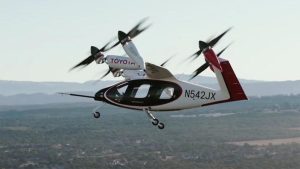
Toyota recently increased its stake in Joby Aviation. Could Tesla be working on its own flying car or robotaxi? Musk only dropped a hint.
With thoughts of the Jetsons buzzing through many people’s heads, the flying car market has gotten pretty crowded in recent years with more than a dozen companies, including mainstream automakers like Hyundai, Stellantis and Toyota investing in their development.
The early players, such as AeroMobil, Archer Aviation and Klein Vision, focused on developing a vehicle that takes off and lands like a small plane. They’ve demonstrated this technology works, flying between airports and then driving the vehicle away from the airport where it landed.
However, the current focus by companies like Joby, Terrafugia and others has been on the eVTOL — electric vertical takeoff and landing — vehicles. Those vehicles are the ones that have gotten funding from Hyundai, Stellantis and Toyota. Even General Motors’ luxury unit, Cadillac, has a concept vehicle.
The primary benefit to eVTOLs is that they could be used in urban areas as transport services, like taxis, without needing a runway and, since they’re electric, the don’t make a lot of noise, avoiding any regulations on that front.

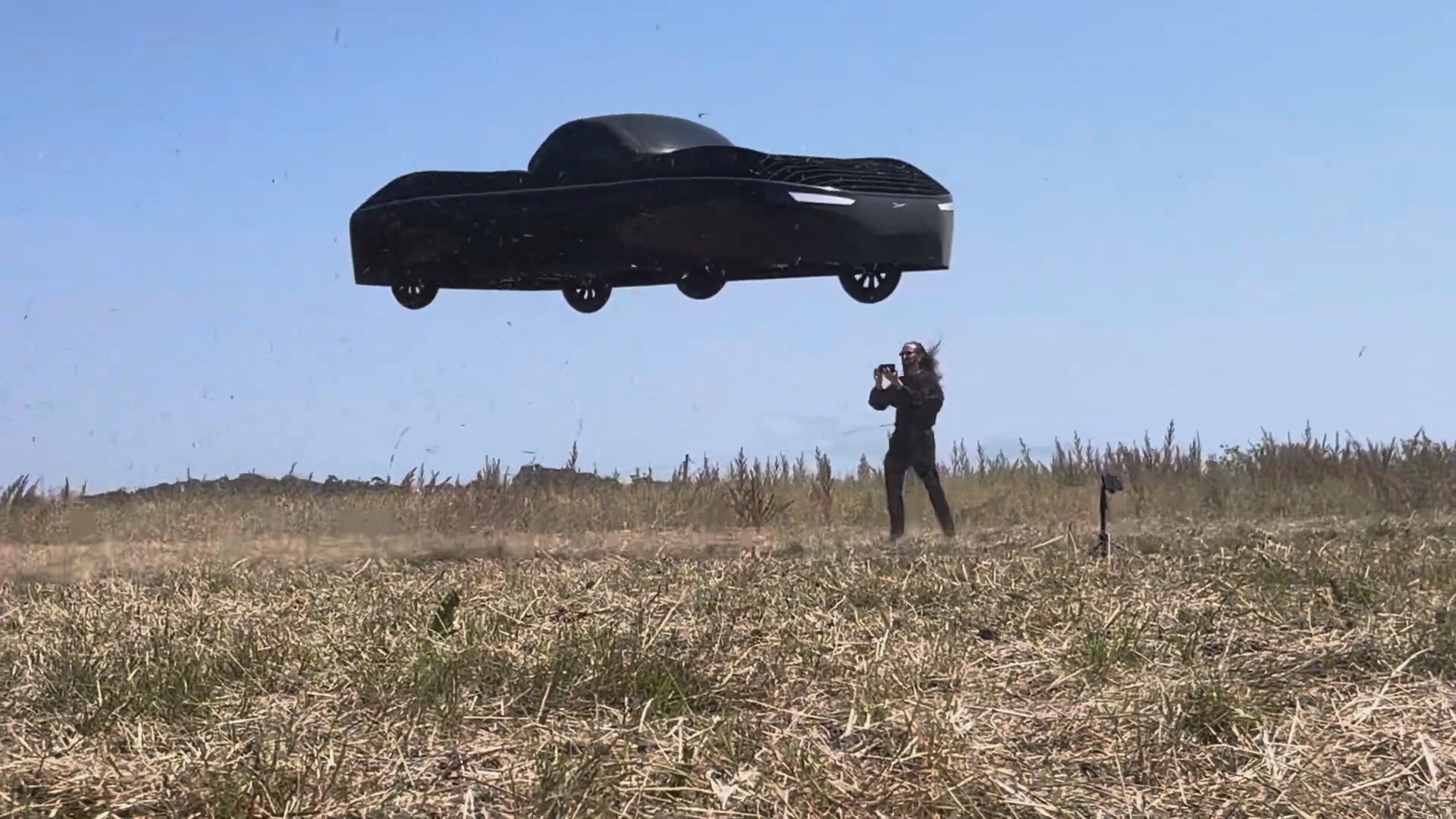
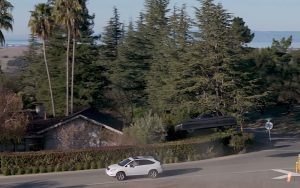

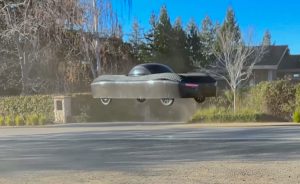


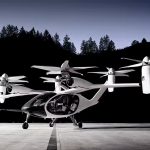
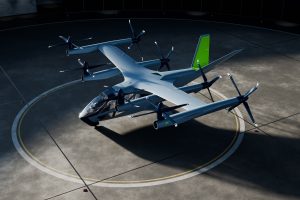
0 Comments